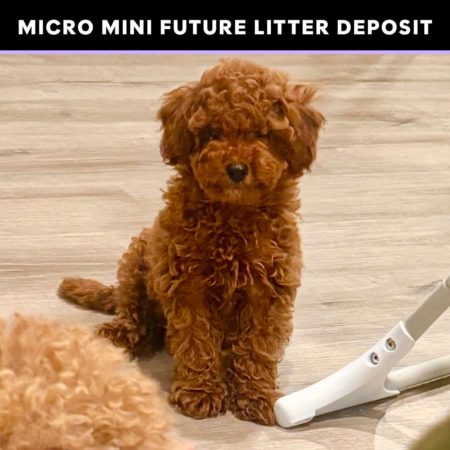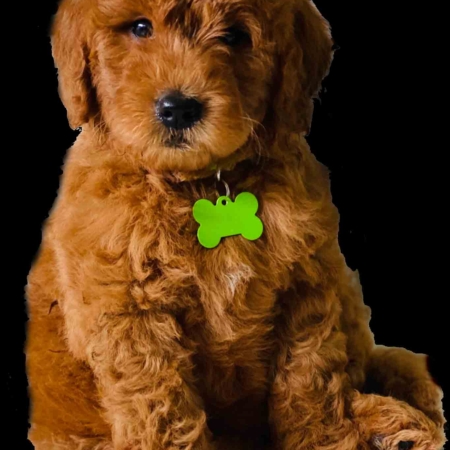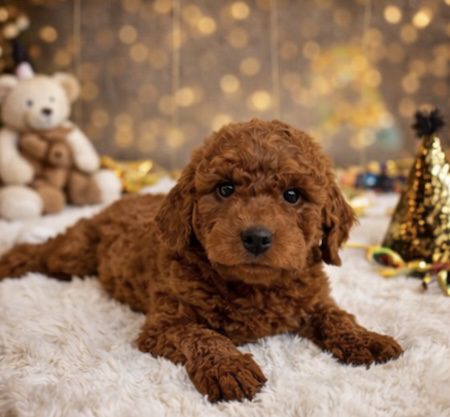A Teacup Goldendoodle is the smallest variety of the Goldendoodle—a crossbreed between a Golden Retriever and a Poodle. Teacup Goldendoodles are typically bred by pairing a Toy Poodle with a Mini Goldendoodle or by using multiple generations of smaller Goldendoodles to achieve the ultra-small size.
Key Characteristics of Teacup Goldendoodles:
- Size:
Teacup Goldendoodles usually weigh 7 to 13 pounds and stand under 11 inches tall at the shoulder when fully grown. They’re significantly smaller than Mini or Toy Goldendoodles. - Appearance:
They often have the same signature fluffy, curly, or wavy coat as other Goldendoodles, and come in a variety of colors such as cream, apricot, red, chocolate, and black. - Temperament:
Teacup Goldendoodles tend to be affectionate, social, and intelligent—traits inherited from both Poodles and Golden Retrievers. Their small size makes them great for apartment living, but they still need daily interaction and mental stimulation. - Exercise Needs:
Although small, they’re energetic and need short walks and indoor playtime. They enjoy games, training exercises, and being around their people. - Health Considerations:
Due to their extremely small size, Teacup Goldendoodles can be more prone to health issues such as hypoglycemia, fragile bones, heart issues, and dental problems. Ethical breeders take great care to reduce these risks, but it’s important to do thorough research. - Lifespan:
With proper care, they can live 12 to 16 years.
Important Note:
The term “Teacup” is not officially recognized by most breed clubs and is used primarily as a marketing term. It typically refers to selectively bred, very small dogs and may sometimes involve unhealthy breeding practices. Always ensure you’re working with a reputable breeder who prioritizes health over size.
In summary, a Teacup Goldendoodle is a tiny, adorable companion best suited for gentle households that understand the special care small dogs require.







